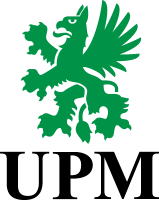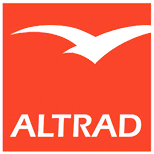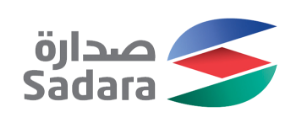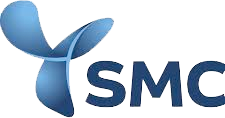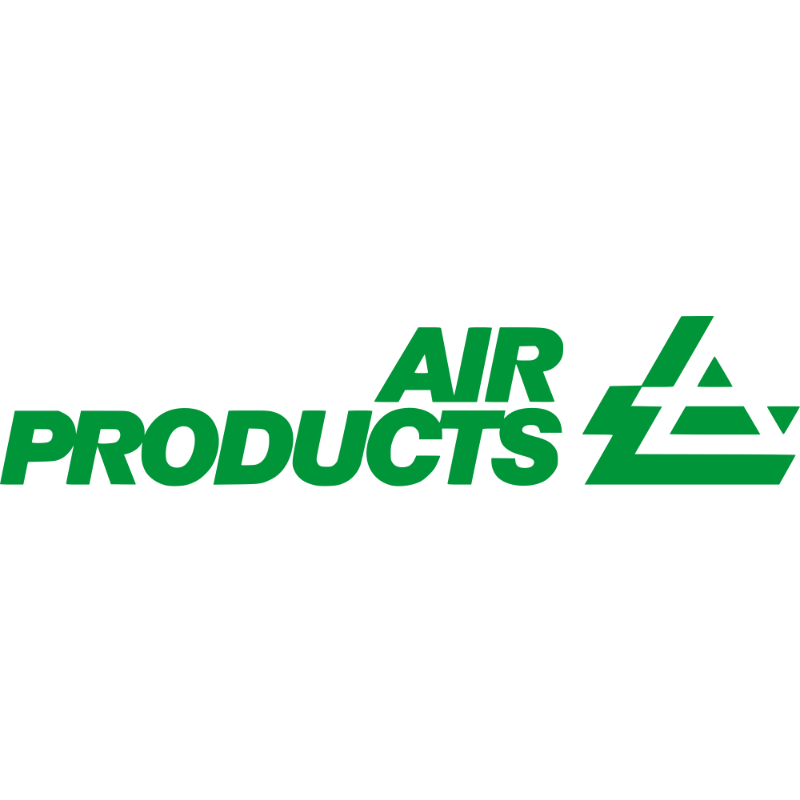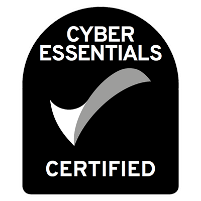
The Future of Safety: Permit to Work Systems
In industries and sectors such as oil, gas, chemical, power, pharma, construction, and manufacturing safety is paramount and the Permit to Work (PTW) system is a crucial part of ensuring safe operation by controlling and managing high-risk tasks. Traditionally, these systems have relied on paper-based processes, but digital transformation is changing that landscape, bringing greater efficiency, safety, and compliance to the forefront.
The Digital Revolution in Permitting
For years, industries have managed their safety operations manually, resulting in inefficiencies, miscommunications, and time-consuming administrative processes. Electronic Permit to Work software (ePTW) like iPermit, offer a modern solution by automating elements the permit process while maintaining the required cheques and balances. This transformation addresses many issues associated with paper-based systems, such as illegible handwriting, ‘misplaced’ documents, and delayed approvals.
By moving to a digital platform, organisations can issue, track, and manage permits in real-time. This not only speeds up the process but also significantly reduces human error. For instance, iPermit ensures that all required fields are filled out, preventing incomplete submissions from moving forward in the workflow.
Paperless and Powerful
Digital solutions also facilitate the move towards Net Zero by significantly reducing paper usage. iPermit allows users to attach associated documentation such as risk assessments or photographs to permits without limitation. All information stored within the software is held indefinitely providing organisations and workers, with peace of mind and full traceability.
Mitigating Risks with Advanced Digital Tools
Safety is at the heart of any permit to work system, and digital solutions are making workplaces safer by reinforcing compliance with process automation, prompts, and mandatory protocols. Electronic permit to work solutions provide prompts to ensure that critical steps, like risk assessments and safety checks, are completed before work begins. For example, features like automated alerts, hazard identification, and anti-clash notifications help identify and prevent dangerous overlaps in work.
Every action within iPermit leaves a digital footprint enabling comprehensive auditing to be performed. Signatures, requests, approvals, modifications, work performed, site visits and any deviations from the plan are logged and easily accessible. This transparency makes audits more straightforward and improves accountability.
Real-Time Communication and Collaboration
One of the key advantages of systems like iPermit is real-time communication between all stakeholders. Maintenance personnel, contractors, permit controllers, and managers can stay informed about work status without the need to physically exchange paperwork.
This eliminates delays and allows quick decision-making, saving both time and money, by increasing tool-time and improving productivity across shifts.
Boosting Efficiency
iPermit offers useful features like the ability to clone permits and create templates, reducing the time it takes to draft new permits. These tools provide a standardised approach that ensures all permits meet regulatory requirements.
Additionally, the time spent on administrative tasks can significantly impact productivity. Traditional permit to work systems often result in maintenance teams waiting significant periods to receive permits, however permit to work software removes these bottlenecks. With iPermit, approvals can be performed instantly, and all the relevant parties are notified via email within seconds. This helps streamline workflows and enables quicker, safer execution of tasks.
A Safer, More Productive Future
The shift to Permit to Work software is transforming industrial safety, creating more efficient and safer workplaces. As industries embrace this change, they not only improve compliance but also reduce operational costs and enhance communication across teams.
Using permit to work software provides an additional layer of control and efficiency to workplace safety procedures. This advanced software facilitates the seamless management of permits, ensuring that every worker is authorised and aware of the safety protocols in place. It integrates easily with existing systems, offering real-time updates and centralised management to prevent any lapses in procedure.
For companies ready to transition from paper to digital, permit to work software, like iPermit, offer a comprehensive, user-friendly solution that ensures safety protocols are met while increasing efficiency and productivity. It is also seen by many organisations as a good gateway digital solution, paving the way towards digitalising more complex processes. Through the adoption of permit to work software, organisations are unlocking new levels of operational success in the ever-demanding industrial environment.
There are numerous benefits to the adoption of permit to work software, for a full list of features and benefits visit www.iamtech.com.



